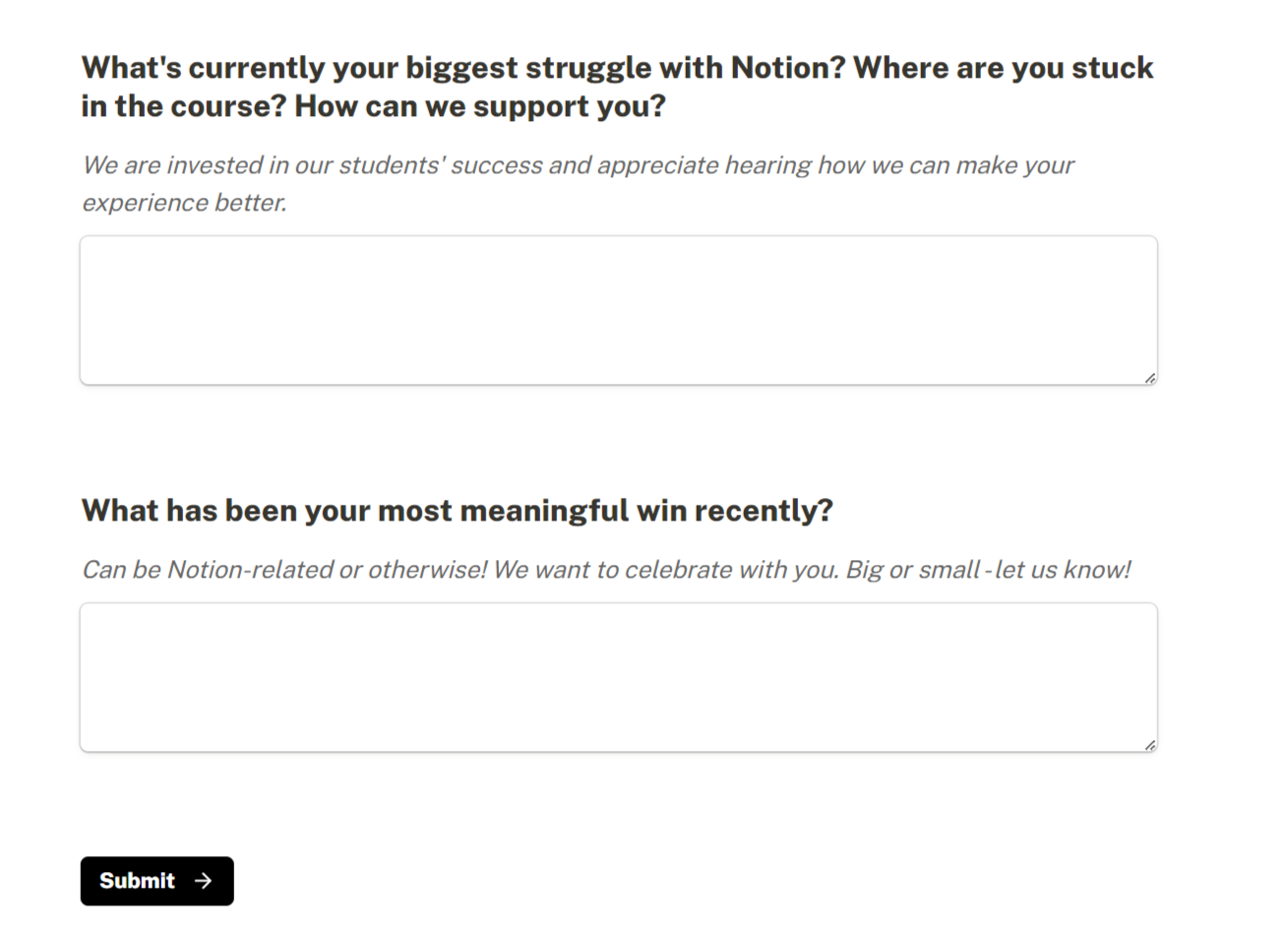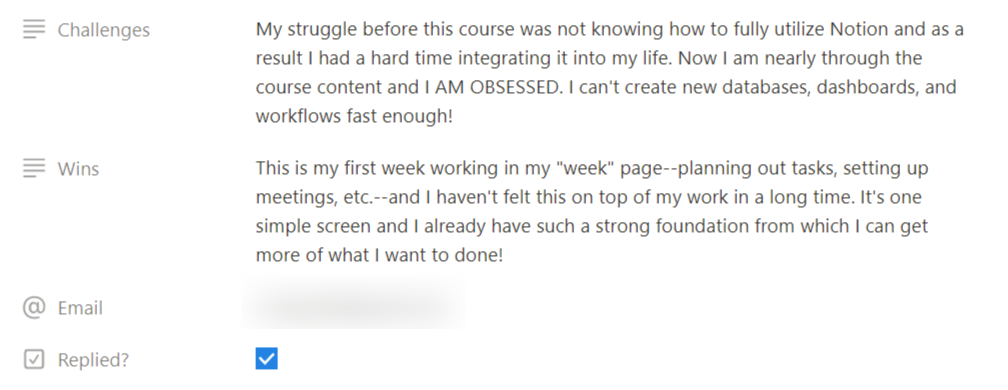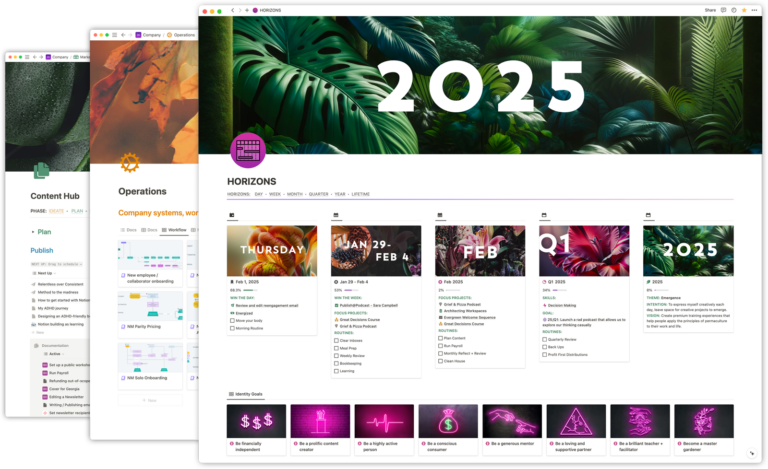I am a proponent for getting processes documented, no matter how messy the first iteration feels, and refining later. Once you have something “on paper” and are ready to refine it, the next natural step is to ask “how can we make this more efficient or scalable?” I am all for finding efficiencies, but have noticed a trend towards automation that I don’t always agree with.
Automation is often glorified as the best way to improve a system. However, thinking that automating is always going to make your processes better is a misguided assumption.
It disregards the value that humans can bring to a process and might actually result in a diminished experience for your customers or clients.
I’m sure we can all think of a time as a customer where we have been frustrated with the support or service we have received because it has been delivered by a “bot” when really all we wanted was to feel heard by a real person. There’s nothing worse than trying to perfectly enunciate on a phone what you need support with, or typing out a problem you’re facing in a support chat box and receiving a message like “I don’t understand, please try again”.
When I am refining a system I like to consider what parts of the system benefit from being manual or more “high touch”. While there is often a case for automating, sometimes the extra hands-on time that a team member spends on a particular part of a process actually creates a dramatically better experience for your customer—and that is worth it.
One such example of a process that we keep manual, even as our student numbers grow, is the way we collect feedback about Notion Mastery from our students. Folks who join us in the course receive 12 months access to the curriculum, live events, and community. We use Tally forms to collect feedback from them along the way.

There are 3 touch points during someone’s first 6 months in Notion Mastery where we specifically invite them to provide feedback about their experience.
- One month after enrollment: we send a “Check in Form” that asks them to share what is currently challenging them/where they are stuck as well as what wins/successes they’ve experienced so far.
- Three months after enrollment: we send the “Check in Form” again, along with an invitation to book a 20 minute call with me to discuss how their course experience has been up until this point.
- Six months after enrollment: we send a more in depth feedback form.

The “high-touch” element of the check-in forms is that our entire team reviews every single check-in form that is submitted and discusses them together at our weekly team sync. Following those conversations, I personally respond to every single one. While this might not seem efficient, it is absolutely one of my favorite things to do each week.
We learn so much from what our student’s share in these forms, and responding personally to each individual gives us an opportunity to direct them to upcoming events, posts in our Circle community, or specific lessons that might help them. We often also use this time to invite them to share more in the community so that we can crowd source ideas and support from our team and the other students.
The 20 minute chats are something I started offering in the spring after reading Deploy Empathy by Michele Hansen. Since then I’ve had 1 or 2 people book calls with me each month. It’s an enjoyable opportunity to have a 1:1 conversation with a student and I always walk away with inspiration for how we can continue to improve the course experience.
It’s not always sustainable to weave a personalized touch like this into your business. But, if you can it will strengthen the communication between your team and your customer, and contribute to a warmer community experience.

 Notion tips in your inbox
Notion tips in your inbox